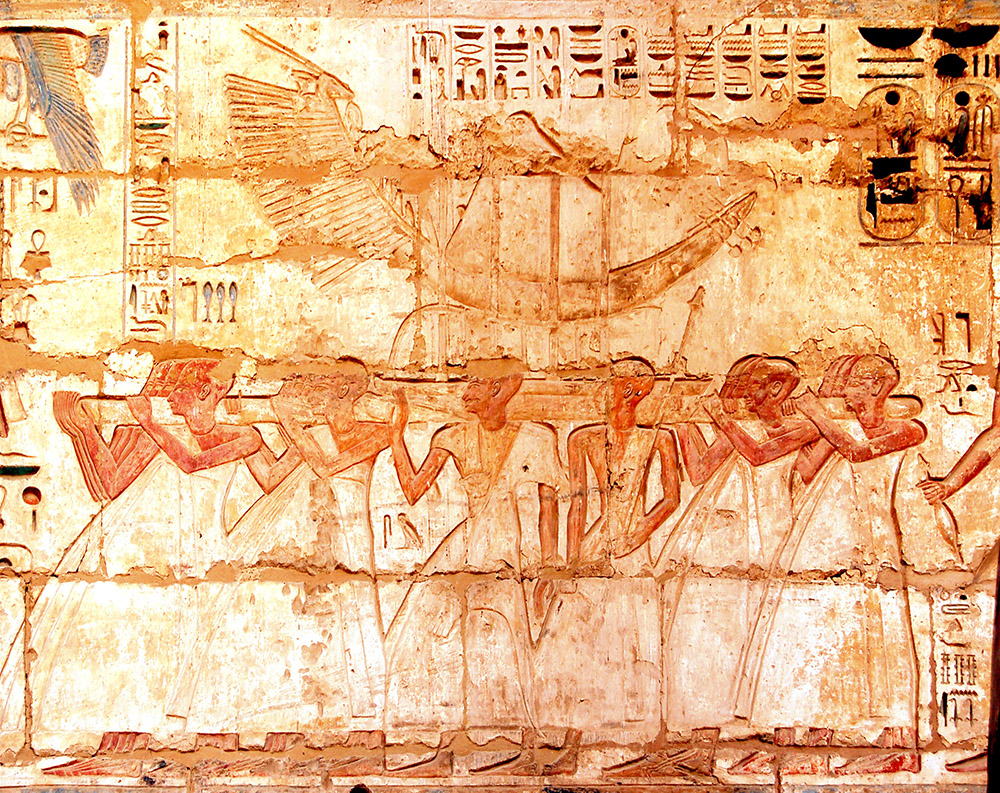The Egyptians believed that writing and drawings instantiated magical power and presence. And that is because Egyptian metaphysics tied magic to writing, both of which were attributed to the god Thoth.
Let us say that I were to write a mild curse on a piece of paper “may there be one less step than my nemesis expects.” The Western mind would think nothing of this other than to maybe crack a wry smirk because in the West something written on a piece of paper has no more power than a bitter tweet or a nasty greeting card. Separation exists between the agency of the writer, the object of writing, and the mechanics of the world.
With the ancient Egyptian mind, that separation does not exist. Divinity had the ability to unite with its images (both statuary and temple reliefs) embodying the god’s divine power. This resulted in a phenomenological view of writing. Writing a mild curse on paper created an object of writing that affected the mechanics of the world. The contents of the written form change the fabric of reality. So, my mild curse would cause my nemesis to trip at every set of steps he climbs.
In the same manner, the reliefs that the Egyptians carved on their temple walls created perpetual reenactments of a ritual in writing for the benefit of their gods. The carved reliefs recreated rituals to praise the gods day and night.
The preceding blog was an abridged excerpt out of the book that I am currently writing.
